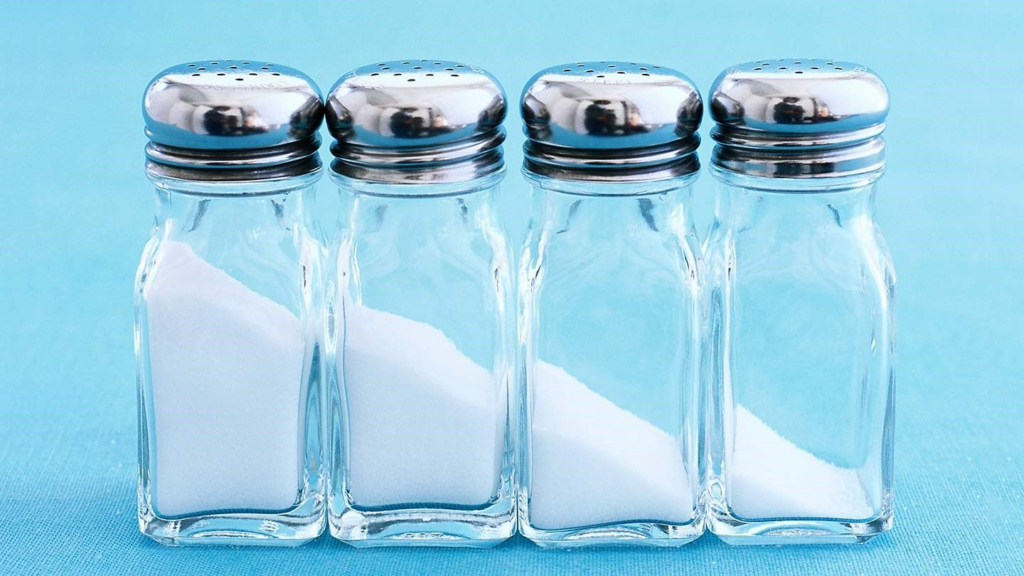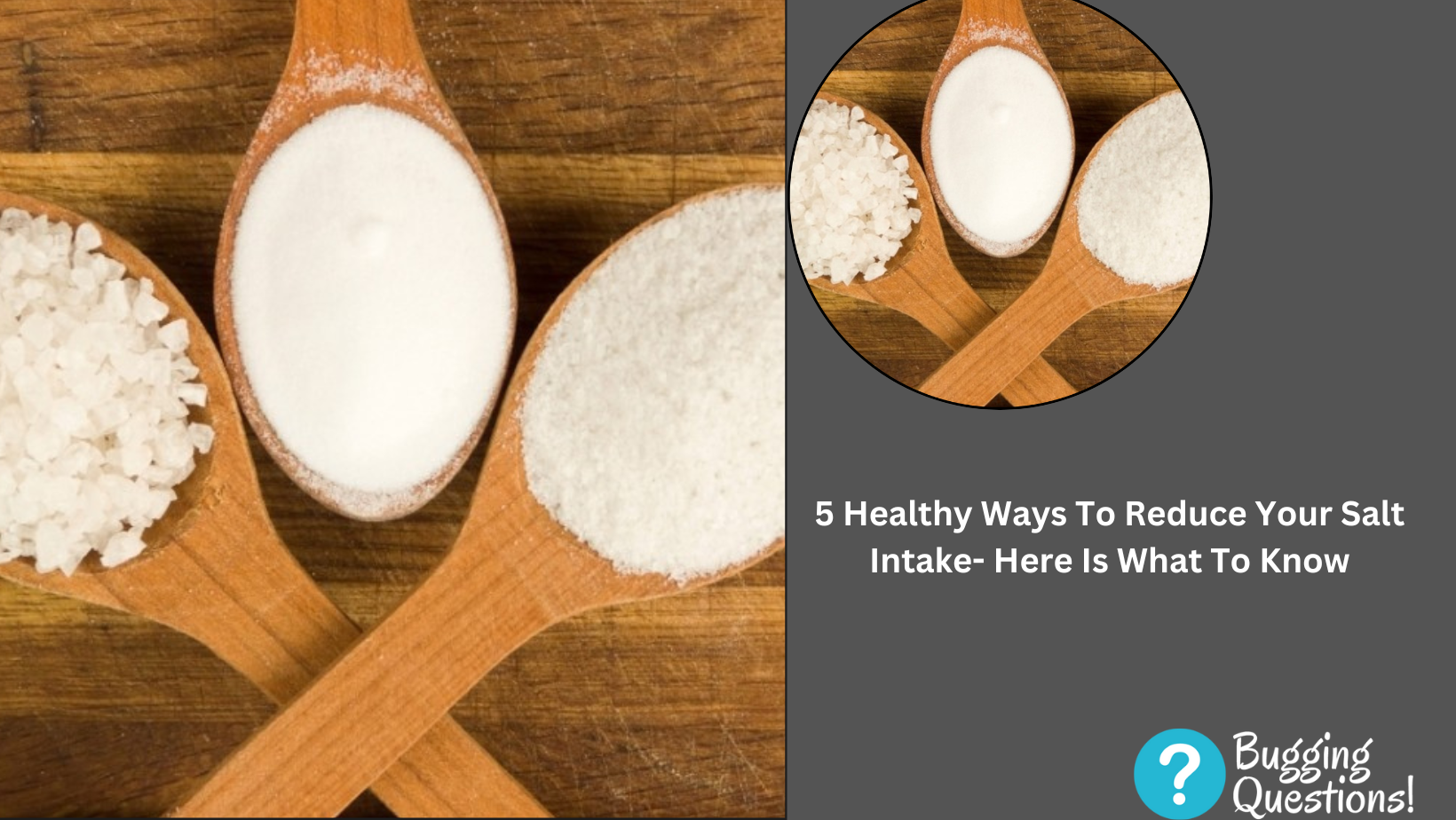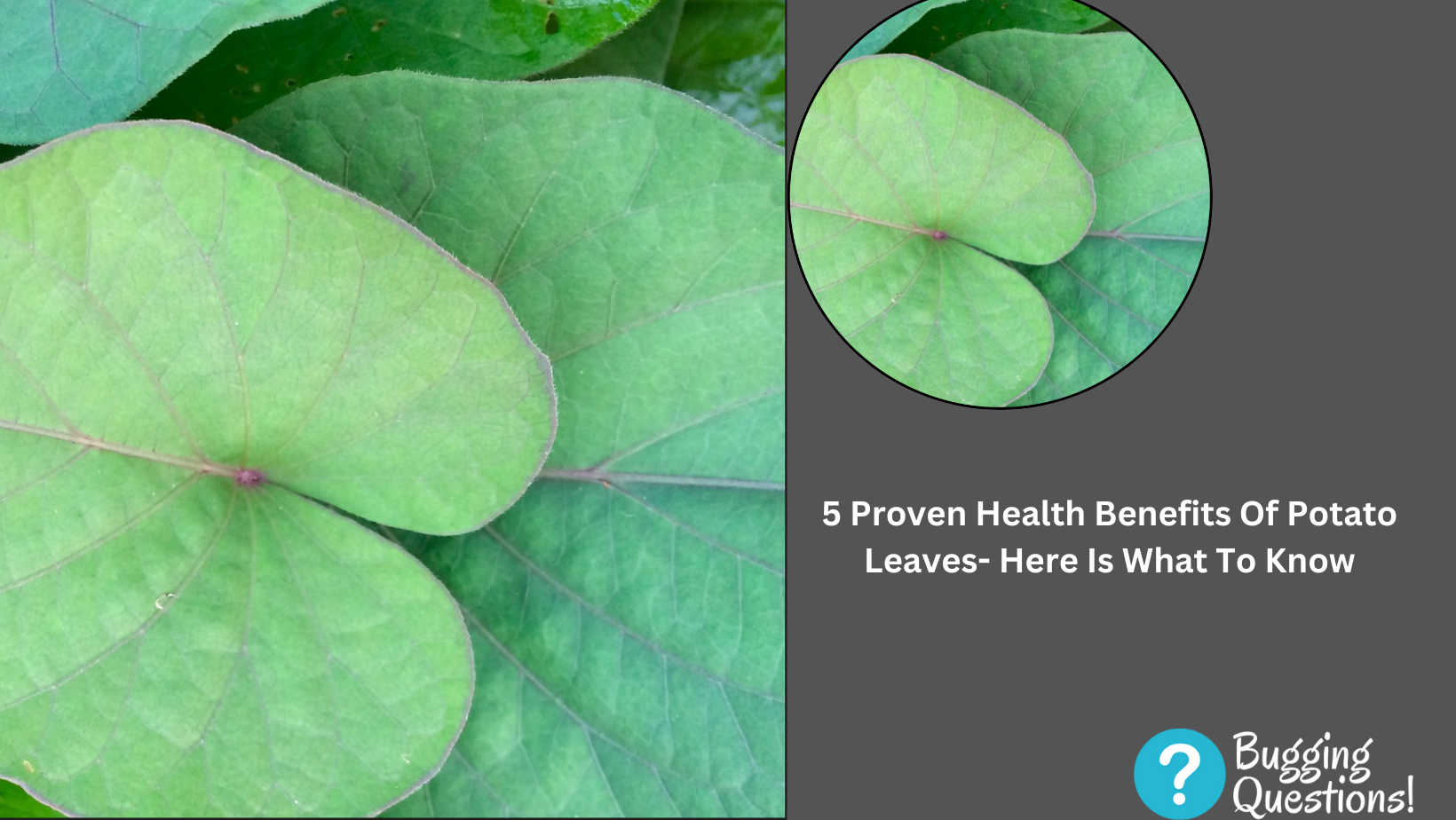Healthy Ways To Reduce Your Salt Intake: Salt is a common ingredient found in most of our meals, and while it adds flavor to our food, excessive salt consumption can lead to various health issues.
To maintain a healthy lifestyle, it is important to reduce our salt intake. In this article, we will discuss five effective and healthy ways to reduce the amount of salt in your diet.

Understanding The Importance Of Reducing Salt Intake
Excessive salt intake can contribute to high blood pressure, heart disease, stroke, and other health conditions. By reducing our salt intake, we can significantly improve our overall well-being and reduce the risk of these health problems.
Reading Food Labels And Choosing Low-Sodium Options
To effectively reduce salt consumption, it is crucial to become familiar with reading food labels. Pay attention to the sodium content listed on the label and opt for low-sodium or no-salt-added alternatives. Look for products with less than 140 milligrams of sodium per serving or choose items labeled as “low-sodium” or “salt-free.”
Cooking And Seasoning With Herbs And Spices
Instead of relying on salt to enhance the taste of your meals, explore the world of herbs and spices. Experiment with various combinations to add flavor without the need for excessive salt. Use herbs like basil, thyme, oregano, and spices such as cumin, paprika, and turmeric to create delicious and healthy meals.
Limiting Processed And Packaged Foods
Processed and packaged foods are often high in sodium content. They are convenient but can contribute significantly to our daily salt intake. Reduce your consumption of canned soups, frozen meals, snack foods, and processed meats, as these are notorious for their

high salt content. Opt for fresh, homemade alternatives whenever possible.
Increasing Consumption Of Fresh Fruits And Vegetables
Fresh fruits and vegetables are not only low in sodium but also packed with essential nutrients. Including a variety of fruits and vegetables in your diet can help reduce your cravings for high-salt foods. Aim to incorporate at least five servings of fruits and vegetables into your daily meals.
Conclusion
Reducing salt intake is an important step towards maintaining a healthy lifestyle. By implementing these five strategies – understanding the importance of reducing salt, reading food labels, utilizing herbs and spices, limiting processed foods, and increasing fruit and vegetable consumption – you can make positive changes to your diet and improve your overall well-being.
Continue to check our website (buggingquestions.com) for more articles of this kind. And, please use our comment section as well, we would love to hear from you.









